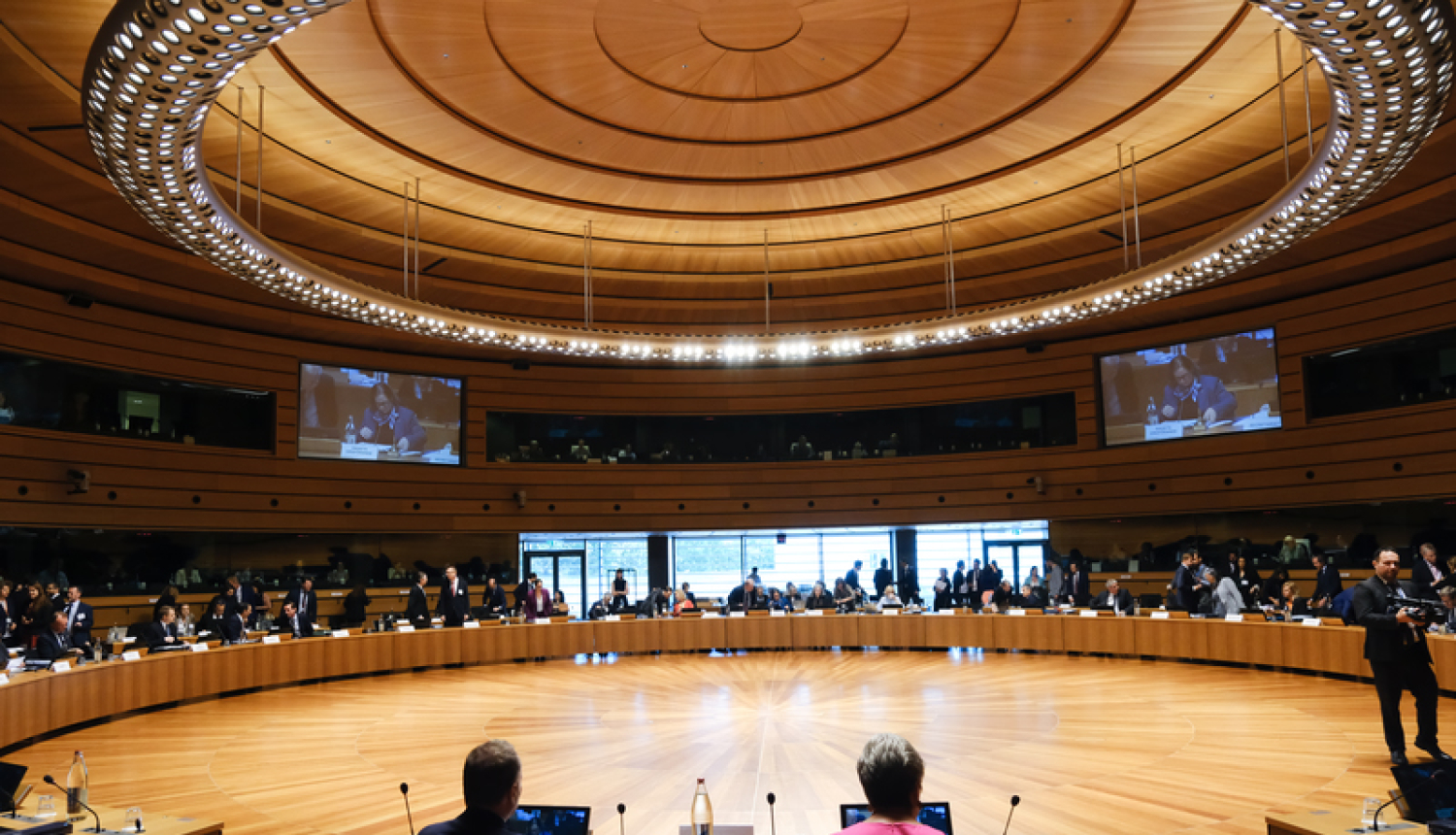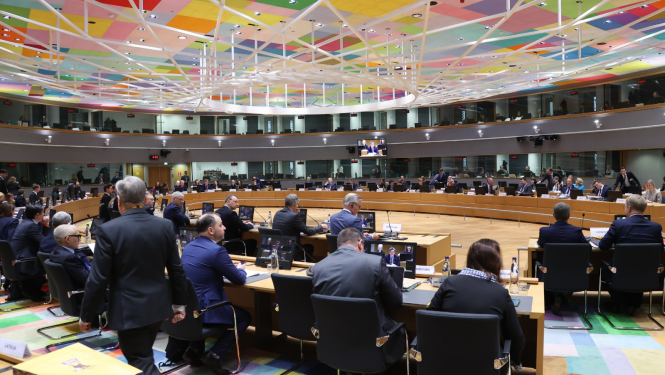On Thursday, 8 June, Minister of the Interior Māris Kučinskis represented Latvia at the Justice and Home Affairs Council of the European Union (EU) in Luxembourg, where an agreement was reached on a new approach to EU asylum policy in the light of the increasing number of migrants arriving in the EU.
This new approach still needs to be agreed in trialogue with the European Parliament to enter into force.
During the meeting, EU ministers discussed current challenges to the functioning of the Schengen area, strengthening the resilience of society as a whole in the context of civil protection, and combating violent extremism and terrorism.
Discussions focused on the proposals for the Asylum and Migration Management Regulation and the Asylum Procedures Regulation. Both proposals incorporate the EU-level solidarity mechanism proposed in the 2020 Pact on Migration and Asylum. This mechanism foresees that Member States facing a high pressure of asylum seekers will have the right to ask other Member States for assistance in hosting them, with financial contributions as an alternative option.
During the discussion, M. Kučinskis pointed out that the proposal for a common and harmonized framework in this area is conceptually supportable, while pointing out that borders, challenges and current situations differ, and it is therefore important that the common framework is flexible enough to adapt to current challenges. “It is important for us that the system as a whole focuses on the responsibility for strengthening border management, the ability to return persons quickly and efficiently and preventing flows in general; it must not create new flows or incentives for illegal migration,” said M. Kučinskis.
It was also pointed out that migration flows are rarely rationally motivated, but are driven by perceptions, often misguided, emotions and simply the desire for a better life. Consequently, a system based solely on mathematical calculations to distribute and balance flows will not be sustainable. In this context, it should be mentioned that in most cases, when it is decided to grant asylum to persons who illegally cross the Latvian-Belarusian border, these people simply flee to another EU country after being placed in an asylum seekers centre. “Strengthening external borders requires financial, technical and human resources, especially when we are still facing a relentless hybrid threat on the Belarusian border and constantly high flows across the entire external border. We must not let our guard down as we develop the tools at our disposal,” said M. Kučinskis.
Illegal migration in Latvia has been a topical issue since Belarus launched a hybrid war, organizing the movement of citizens from different countries to the Latvian border and facilitating their efforts to reach Latvia. This year alone, the State Border Guard has stopped more than 3700 people from illegally trying to enter Latvia, while 187 such persons have been detained.
Andrejs Vaivars
Advisor to the Minister on Communication Issues
+371 67829685
andrejs.vaivars@iem.gov.lv




